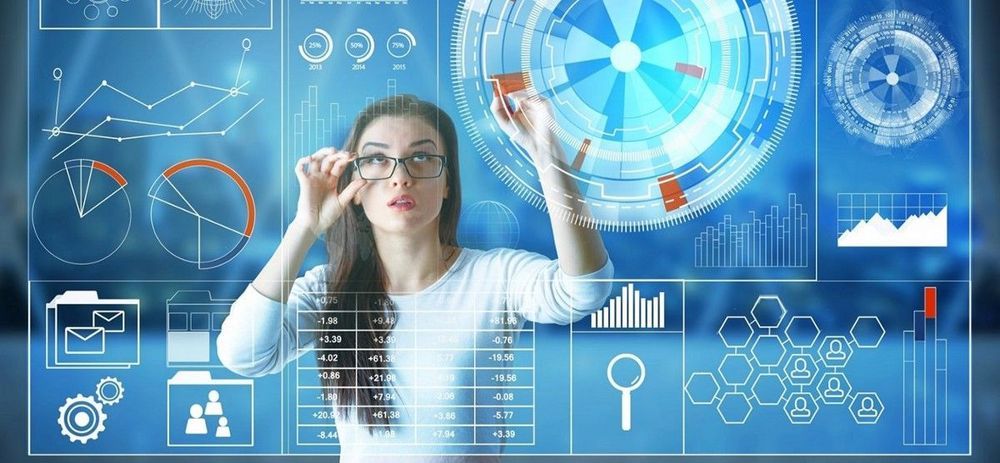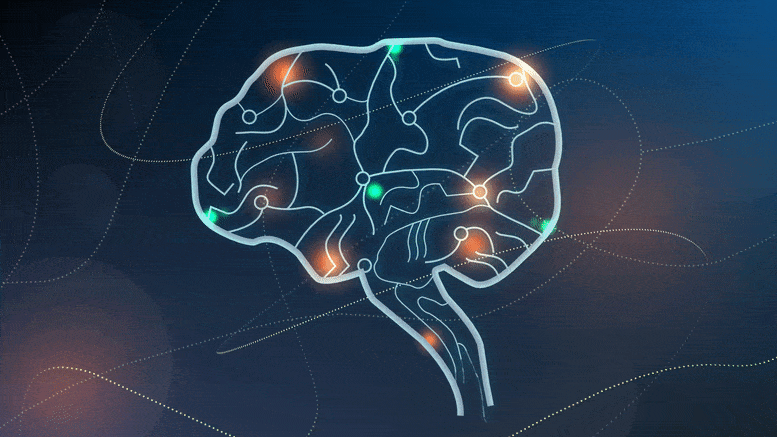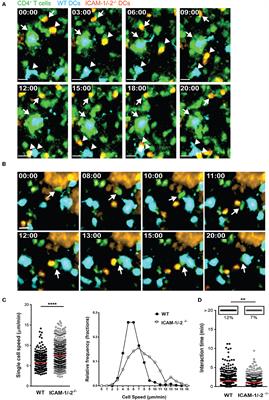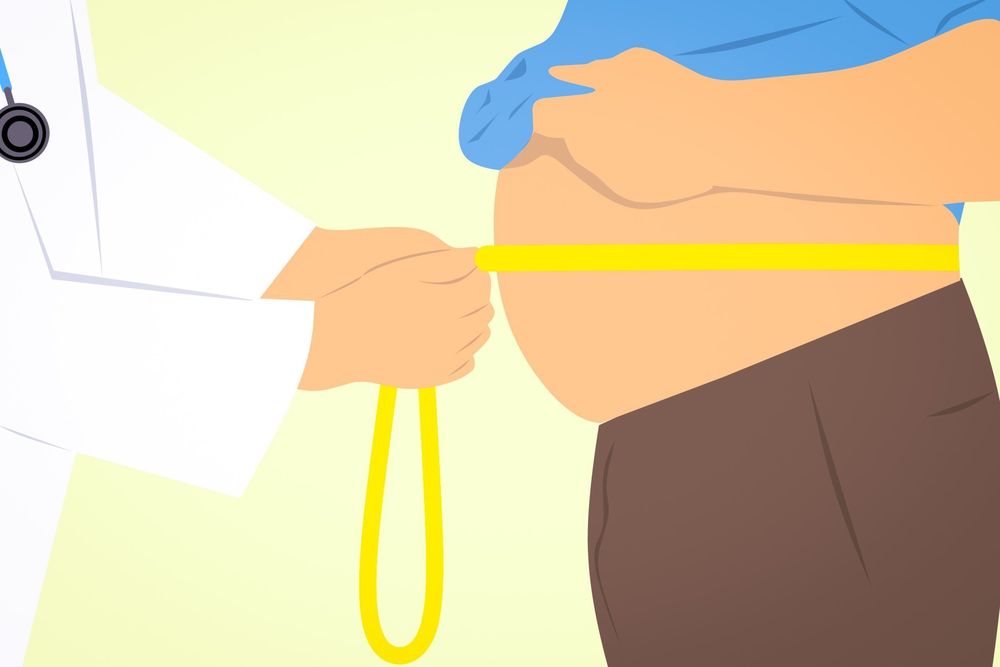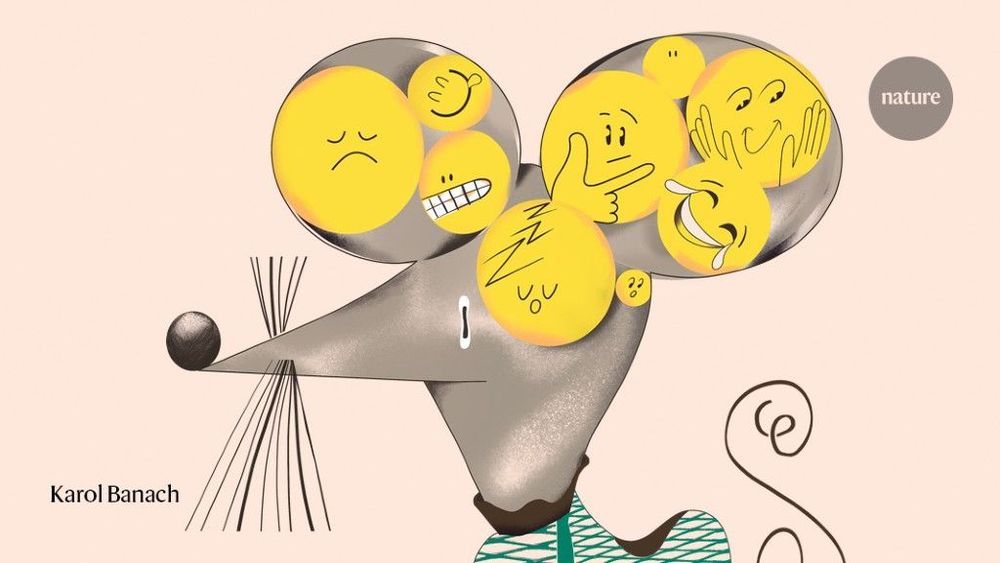We can’t evolve faster than our language does. Evolution is a linguistic, code-theoretic process. Do yourself a humongous favor, look over these 33 transhumanist neologisms. Here’s a fairly comprehensive glossary of thirty three newly-introduced concepts and terms from “The Syntellect Hypothesis: Five Paradigms of the Mind’s Evolution” by futurist, philosopher and evolutionary cyberneticist Alex M. Vikoulov. In parts written as an academic paper, in parts as a belletristic masterpiece, this recent book is an exceptionally easy read for an intellectual reader — a philosophical treatise that is fine-tuned with apt neologisms readily explained by given definitions and contextually… https://medium.com/@alexvikoulov/33-crucial-terms-every-futu…a1c8b993c8
#evolution #consciousness #futurism #transhumanism #philosophy
“A powerful work! As a transhumanist, I especially loved one of the main ideas of the book that the Syntellect Emergence, merging of us into one Global Mind, constitutes the quintessence of the coming Technological Singularity. The novel conceptual visions of mind-uploading and achieving digital immortality are equally fascinating. The Chrysalis Conjecture as a solution to the Fermi Paradox is mind-bending. I would highly recommend The Syntellect Hypothesis to anyone with transhumanist aspirations and exponential thinking!” -Zoltan Istvan, futurist, author, founder of the U.S. Transhumanist Party
Terms such as ‘Artificial Intelligence’ or ‘Neurotechnology’ were new some time not so long ago. We can’t evolve faster than our language does. Evolution is a linguistic, code-theoretic process. Do yourself a humongous favor, look over these 33 transhumanist neologisms. Here’s a fairly comprehensive glossary of thirty three newly-introduced concepts and terms from “The Syntellect Hypothesis: Five Paradigms of the Mind’s Evolution” by futurist, philosopher and evolutionary cyberneticist Alex M. Vikoulov. In parts written as an academic paper, in parts as a belletristic masterpiece, this recent book is an exceptionally easy read for an intellectual reader — a philosophical treatise that is fine-tuned with apt neologisms readily explained by given definitions and contextually:
AGI Naturalization Protocol, AGI(NP) — initiating AGI (Artificial General Intelligence) via human life simulation training program, infusing AGI with a value system, ethics, morality and generally civilized manners to ensure functioning in the best interests of society as a self-aware agent. Read more: http://www.ecstadelic.net/top-stories/how-to-create-friendly…-explosion #AGINaturalizationProtocol #AGINP
